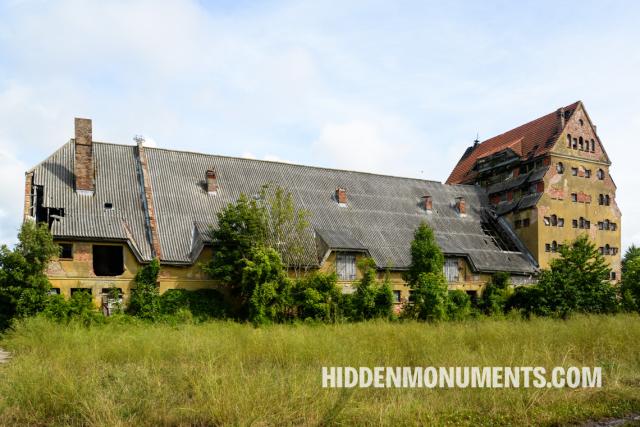Thanks to its red colour, the Delbrück II headframe is a true landmark in the Saarland mining landscape.
Industrial heritage in Germany
Join us on a travel trip to hidden gems in Germany: a deep dive into Germany's rich history through its landmarks and World Heritage monuments.
- 134 destinations
The former VEB Schultheiss-Brauerei Schönhauser Allee today houses everything except a brewery. Brewing beer had already come to an end in the GDR era.
Aircraft development in Germany gained momentum after Adolf Hitler came to power in early 1933.
Between 1909 and 1911, the German coal mine Camphausen was expanded with a fourth headframe in reinforced concrete, a worldwide first at the time.
A fence of precast concrete elements borders a former GDR-run horticultural farm in the German capital, Berlin.
An offshoot of the South Limburg coal vein extends far beyond the German border. That explains why you can also find coal mines north of Aachen.
A steel water tower marks the site of the long-defunct coal mine Carolus Magnus in the Aachen mining district.
Four wooden cooling towers cooled thousands of cubic metres of water produced by the Hansa coking plant near Dortmund daily.
In Lanckensburg, on the German island of Rügen, German architect Paul Imberg erected an imposing granary tower in 1913.
Pagination
Get the latest stories straight to your inbox
Latest from the blog
If you love hiking and exploring industrial history, the Minett Trail in southern Luxembourg is the perfect adventure. Winding through the country’s historic steel heartland, this trail connects old industrial sites, cultural landmarks, and striking landscapes.
All photos and stories are copyrighted. Of course, linking to articles on the site is possible and allowed.
If you would like to use photos or articles from this website, please contact bart@hiddenmonuments.com.
© 2003-2025 Hiddenmonuments.com










